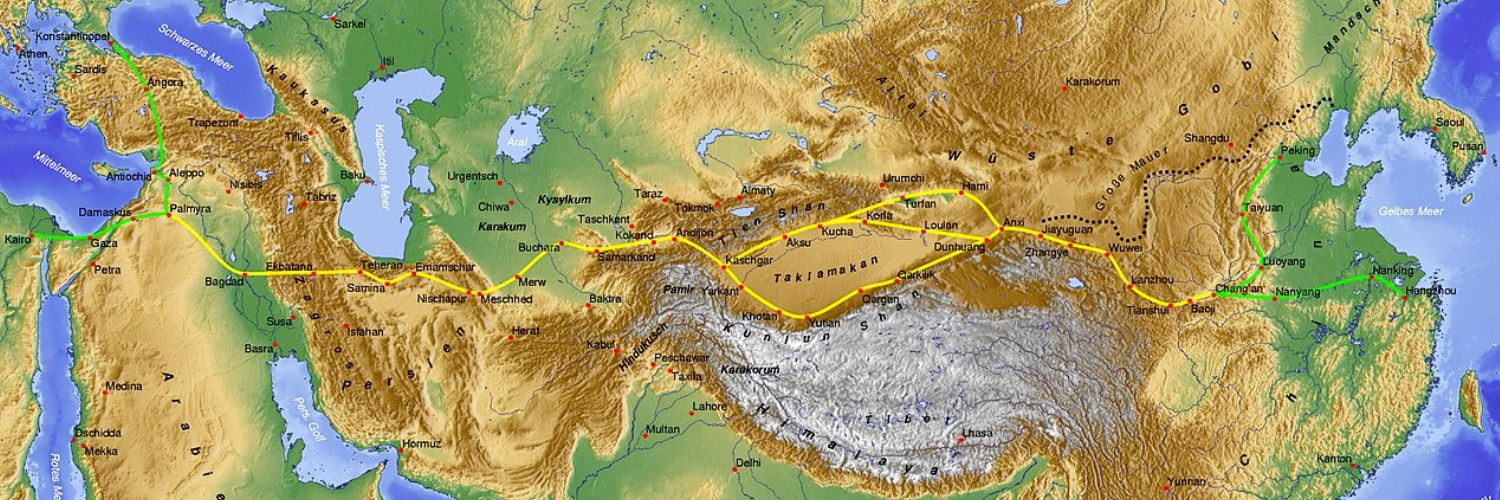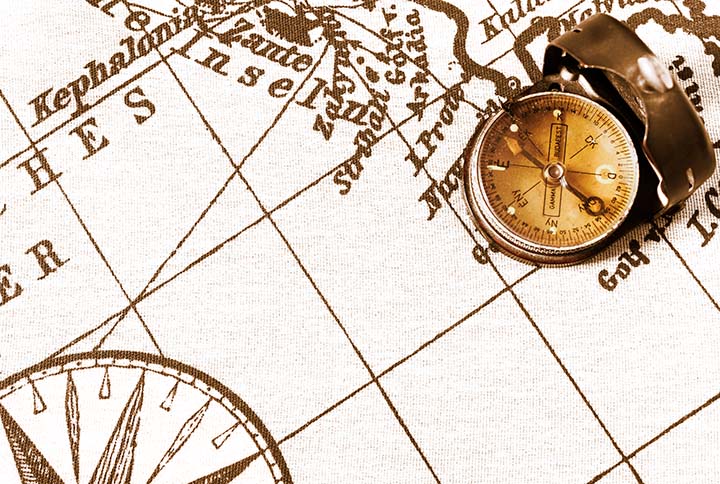

The future of the New Silk Road
A decade after the People’s Republic of China launched the Belt and Road Initiative with the aim of developing a global infrastructure for trade and international cooperation, the project faces new geopolitical challenges that will shape its future.
The Belt and Road Initiative (BRI), also known as the New Silk Road, was launched in 2013 by President Xi Jinping. It is one of the most ambitious infrastructure projects ever conceived and was originally intended to increase trade and economic cooperation between East Asia and Europe. Over the last ten years, the project has been extended to Africa, Oceania and Latin America, exponentially increasing investment in infrastructure.
In addition to this logistical structure is the Maritime Silk Road, which includes ports and coastal infrastructure from China’s western seaboard to Europe, India, Africa, the Pacific and Latin America. This is paramount considering that China currently has 95 ports, six of which are ranked in the world’s top 10.
Aiming to connect 65% of the world’s population and a third of the world’s GDP to China by creating a network of sea routes and land links, it has captured the world’s attention for its global reach and economic, political and social implications. The Chinese government announced that the initiative is “ushering in a new era of globalisation”, and will facilitate a “golden age of trade that will benefit everyone”.
As of July this year, total investments under the project exceeded $1 trillion, to the point of competing directly with the International Monetary Fund (IMF). This money comes mainly from the New Development Bank, the Silk Road Fund and the Asian Infrastructure Investment Bank (AIIB).
An unstoppable multipolar world
While the initiative has been praised for fostering economic development and cooperation between countries, offering win-win conditions that were not available under the monopoly of Western powers, there have also been some critical voices. Some participating countries have expressed concerns about the transparency of the projects, whether they will be able to cope with the debt burden or what their dependence on China will be if they cannot repay the loans.
Much of this criticism and pressure for certain countries to refuse to collaborate with the Asian giant comes from the United States, which sees its hegemony as a global economic and geopolitical power increasingly fading in favour of other emerging actors, such as Russia and China, which want to maintain their sovereignty free from the tentacles of the West.
The success of the project makes it a perfect tool to expand China’s political and economic influence even further, with preferential access to new markets and natural resources hitherto dominated almost exclusively by Western powers, which are watching in despair as economic cycles and financial markets focus less and less on them.
In this context, the latest BRICS summit, where it was announced that six more countries will join the economic bloc, has created a great deal of expectation. Even so, it has highlighted the difficulty of unifying interests given the sensitivities of all member states. The expansion of the BRI may be the rallying point that bridges the cracks, especially among African countries that have called for China to move from infrastructure construction to local industrialisation, and India, which is also interested in financing flagship projects in developing countries in the global south, as a counterpart in the West.
11Onze is the community fintech of Catalonia. Open an account by downloading the super app El Canut for Android or iOS and join the revolution!





Gràcies
Gràcies a tu, Joan!!!
Sembla una inversió molt interesant. Només poden invertir els bancs? O també els particulars?
Jo no ho sé, però penso que deu estar obert a inversors en general, però potser d’un cert nivell…, a no ser que acceptin a petits inversors. Moltes gràcies pel teu comentari, Jordi!!!
Ben resumit. Enhorabona. En aquest context de món multiplicar podeu afegir que l’Índia es planteja lliurar se del nom colonial i posar-se com únic nom oficial Bharat. A les invitacions per la cimera del G20 ja ho posa.
Interessant, sempre s’aprenen coses noves… Doncs moltes gràcies per la informació, i també pel teu comentari, Jaume!!!
Comitiva d’onza, desprès d’estar totalmente fora de lloc, fa unes setmanes que no n varen donar l’alta, perquè estic en lista d’espera per un HIPRNEFROMA al rondó dret, i una operación d’una Herniorràfia inguinal/femoral
Vaja, esperem que et recuperis ben aviat i que no sigui massa greu, i moltes gràcies pel teu comentari, Mensa!!!
👌molt interessant, gràcies
Gràcies per la teva bona valoració, Carles!
👍Molt bon article
Gràcies, Manel, per valorar-lo tan bé!